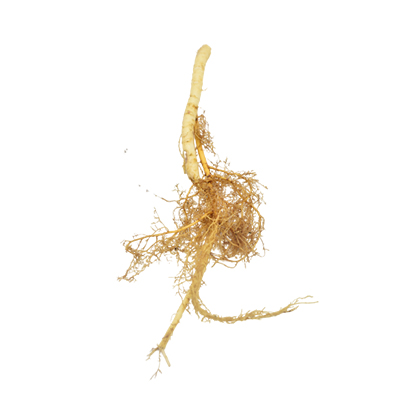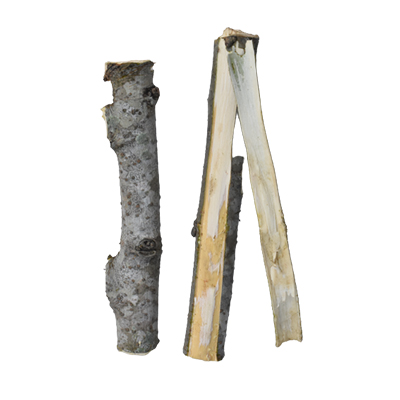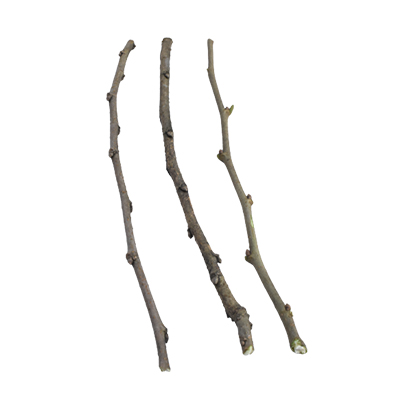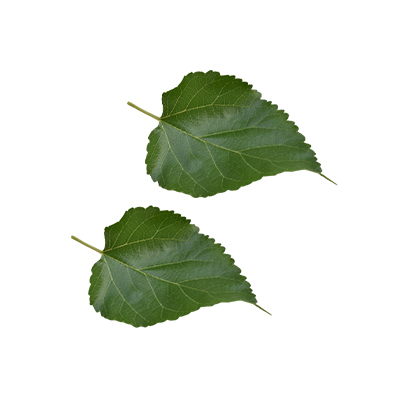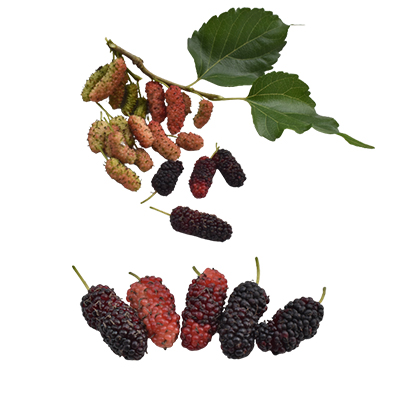Mulberry
Morus alba L.
Moraceae
Location in our garden
Principal
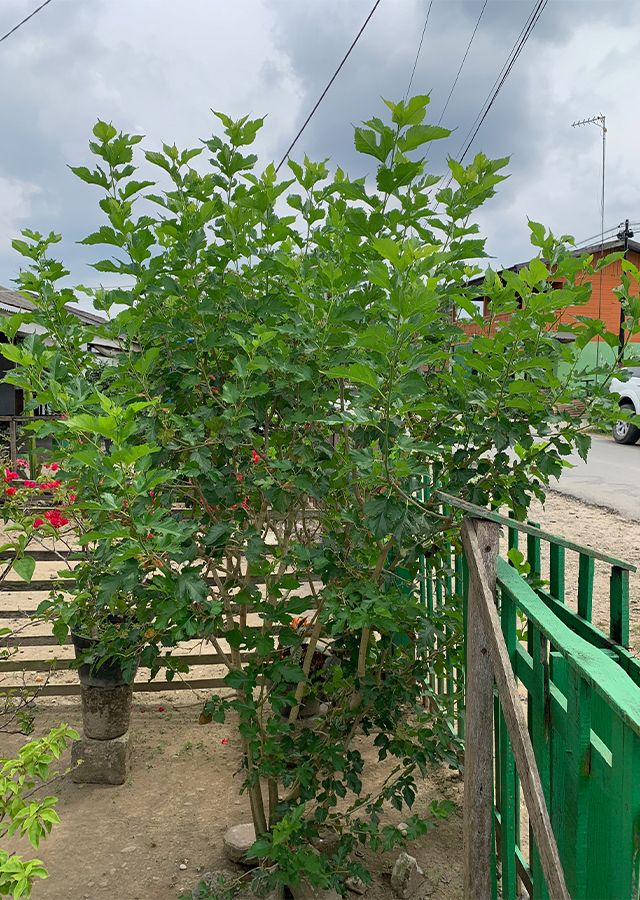
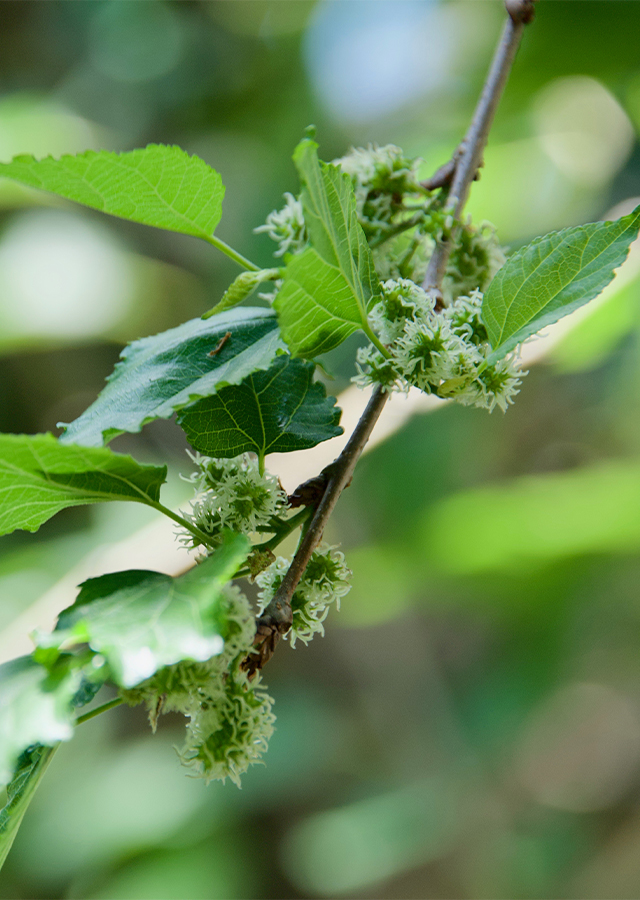
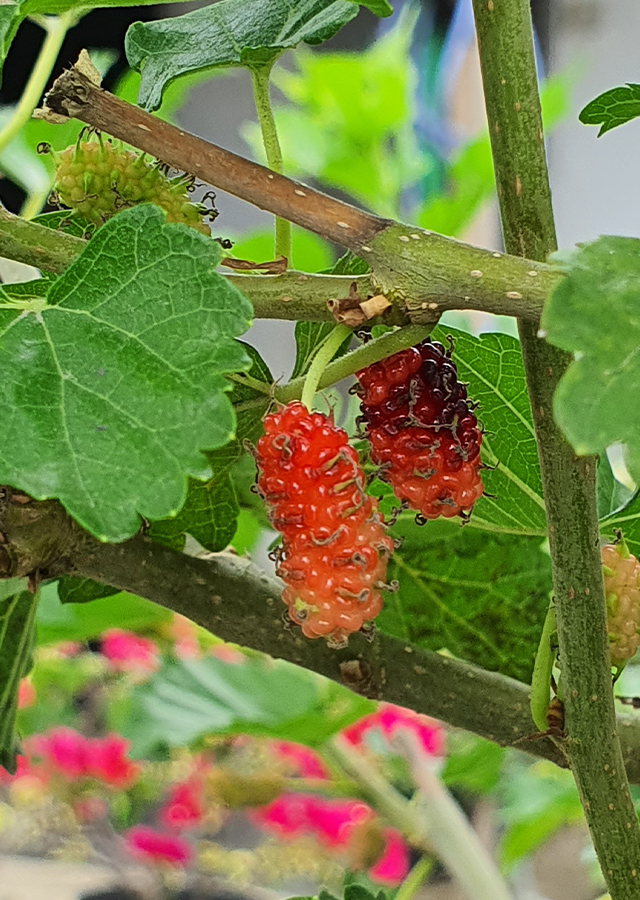
Synonym
Morus alba var. emarginata Y.B.Wu
Morus alba var. laciniata Beissn.
Morus alba pendula (Risso) Sudw.
Habitus
Trees. Small to medium sized tree up to 15 (-20) m high, trunk diameter up to 70 cm.
Part Used
Leaves
Bark
Fruit
Roots
Growing Requirements
Full Sunshine
Need Shade
Habitat
Forest
Overview
M. alba is a versatile tree widely grown in tropical, subtropical and temperate regions of the world for animal feed and silkworm rearing, and for fruit and wood production. It is locally India, Burma (Myanmar), Indo-China, China and Japan, currently growing widely in temperate and tropical regions; in Malesia it is sometimes naturalized, including Java and the Philippines (Batan Island and Cagayan Territory).
Vernacular Names
Posa (Burma,Myanmar), Mon (Cambodia), White mulberry (English), Mûrier blanc (France), Moral blanco, Morera blanca (Spain), Murbei (general), bebesaran (Sundanese), bebesaran lampung, besaran (Javanese) (Indonesia), Amingit, amoras (Filipino), Mora (Ibanag) (Philippines), Mon (general) (Thailand), Dâu, tằm tang (Vietnam).
Agroecology
It is grown in cool temperate steppe to warm to tropical, very dry to moist, forest life zones and can be grown in annual temperatures ranging from 6-28°C. M. alba can be developed at an altitude of 0-3500 m.
Morphology
- Stems - a rounded crown with a dense canopy of spreading branches.
- Bark - surface dark grey-brown with horizontal lenticels.
- Leaves - ovate to broadly ovate, 5-16 cm × 4-12 cm, rounded to shallowly cordate at base, acute to acuminate at apex, pubescent on the main veins, with a slender, 1-3.5 cm long petiole.
- Flowers - male spikes 1-1.5(-2) cm long, female spikes ovoid, 0.5-1.3 cm long; syncarp ovoid, 1.5-2.5 cm long.
- Fruit - an ovoid or cylindrical syncarp composed of achenes, pendunculate, red when immature, blackish-purple, purple or greenish-white when mature, 1-2.5 cm long.
Cultivation
- By seeds - The seed germinates best if given 2 3 months cold stratification. Sow the seed as soon as it is ripe if possible.
- By cuttings of half-ripe wood - Bury the cuttings to three-quarters of their depth.
Chemical Constituents
Ecdysterone, inokosterone, lupeol, alkaloid, β-sitosterol, rutin, moracetin, isoquersetin, scopoletin, scopolin, ɑ, β-betahexenal, cis beta hexenol, cis lamdahexenal, eugenol benzaldehide, lanaloolbenzyl alkohol, butylamine, aceton, trigonelln, tanin, antosian, flavonoid polifenol.
Traditional Medicinal Uses
In Vietnam the root bark is utilized as a diuretic, antitussive, expectorant, endorsed in oedema, tall blood weight, cough, bronchitis and asthma.
Part Used
Reference Sources
- CABI. 2021. Morus alba (mora). https://www.cabi.org/isc/datasheet/34816 (accessed 12 November 2021).
- de Padua, L.S., Bunyapraphatsara, N. and Lemmens, R.H.M.J. (Editors), 1999. Plant Resources of South-East Asia No 12(1). Medicinal and poisonous plants 1. Backhuys Publishers, Leiden, the Netherlands. 711 pp.
